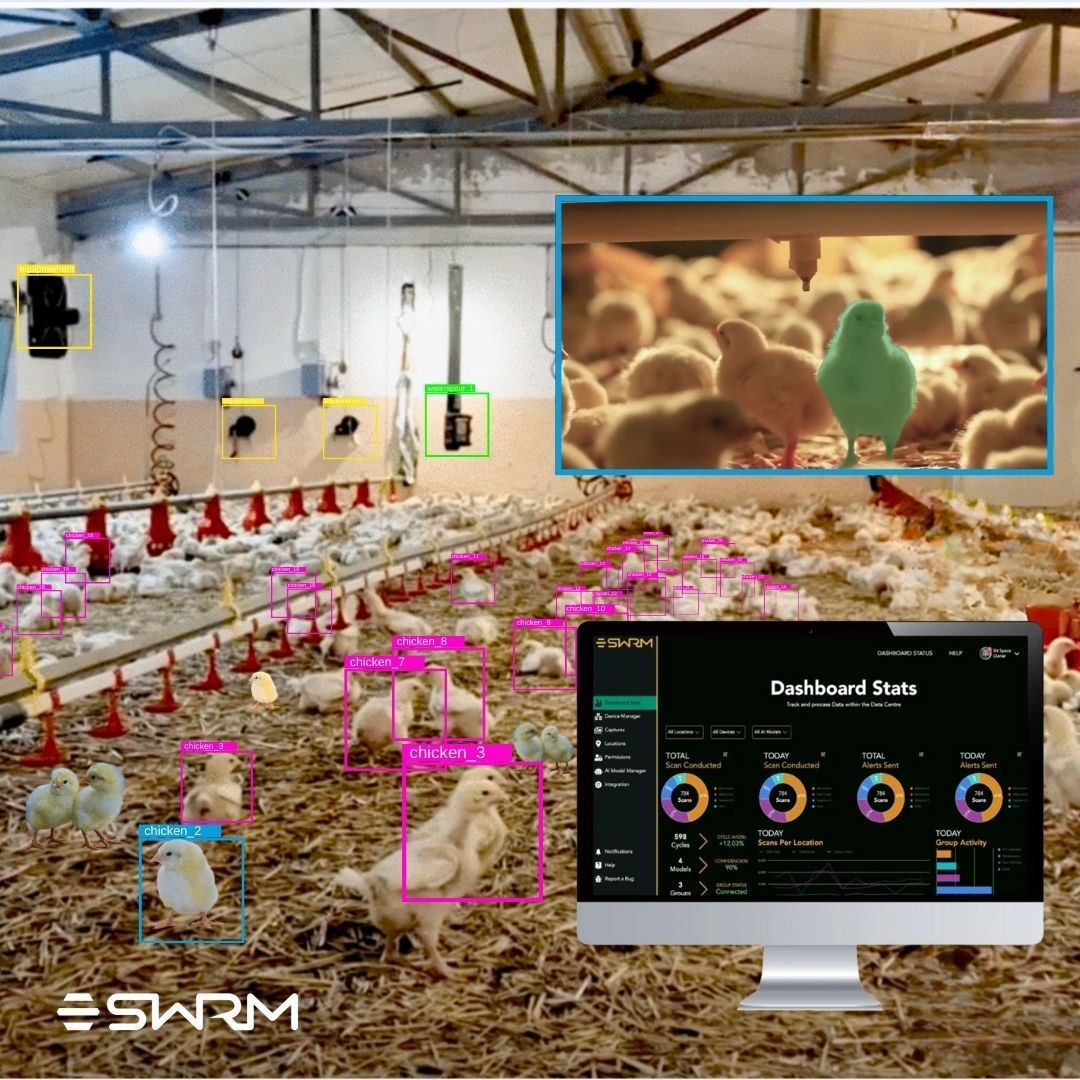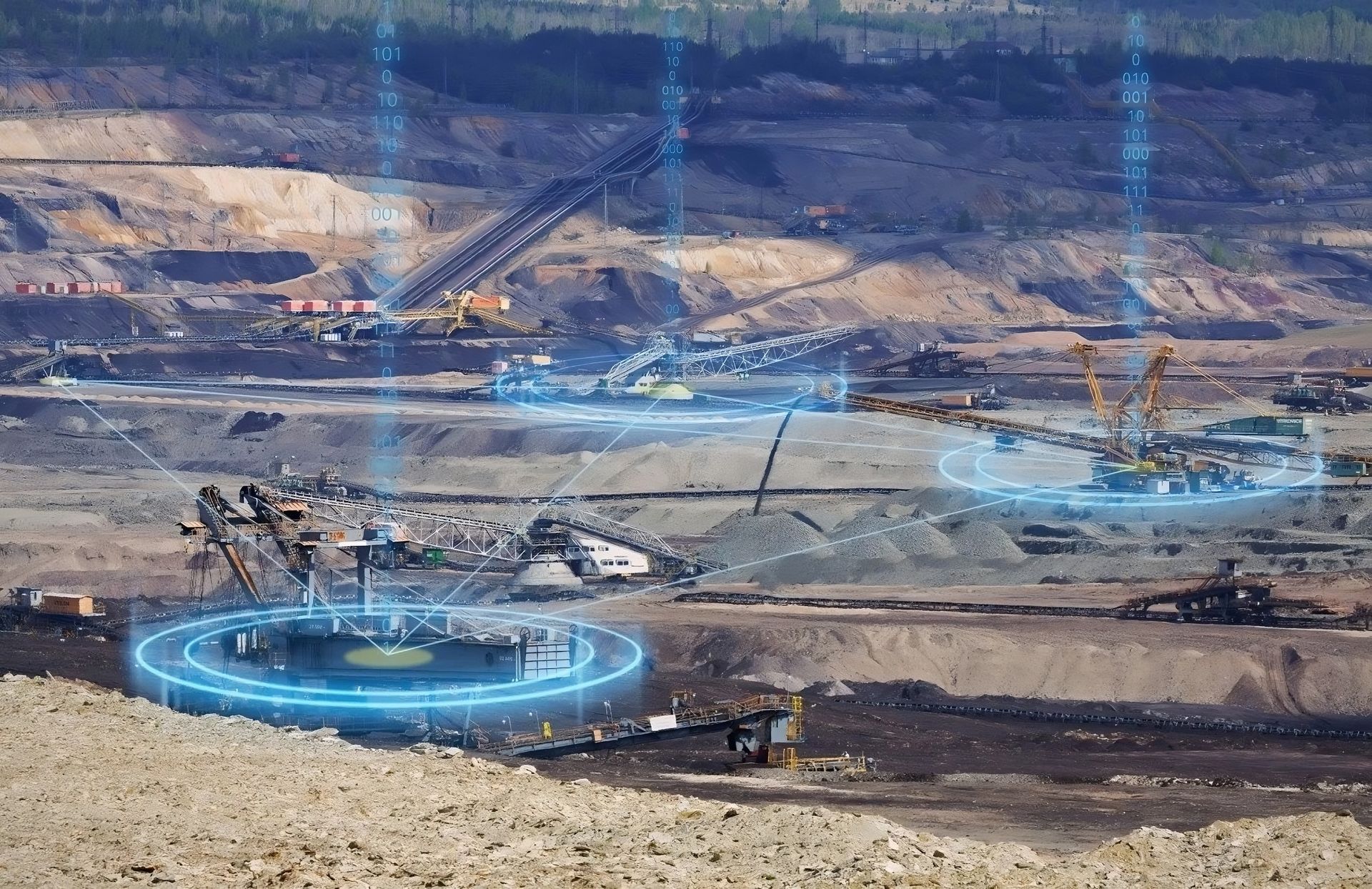What’s the difference AR, VR, MR and XR?

By Kevin Carbotte
Proponents of VR and AR have long touted the benefits of these technologies for training, education, collaboration, and process augmentation. Companies have traditionally been slow to buy-in, but things are changing quickly. The advent of Covid-19 and the new work-from-home-reality many of us find ourselves has spurred curiosity and accelerated adoption of these technologies.
As a result of this virus-induced cultural shift, there’s a whole new wave of people looking at immersive technology to solve their newfound virtual-workplace challenges. One of the biggest hurdles for newcomers is deciphering all the acronyms and terminology associated with this new category of tech. We often get asked what it all means and we spend a lot of time explaining the nuances.
Case in point: There are at least six different terms used to define immersive technology, the first of which is the term immersive technology itself. Others you may have heard of (or not) include virtual Reality (VR), Augmented Reality (AR), Augmented Virtuality (AV), Mixed Reality (MR), and Extended Reality (XR).
You’re probably confused already, aren’t you? Don’t worry; by the time you finish reading this article, you should have a solid grasp on each of these terms and how they differ from each other.

What is Immersive Technology?
Let’s start with immersive technology, which is a blanket term for immersion-enhancing technologies. It comprises a wide range of devices and technologies with one common thread: They are all tools that “immerse” you in a virtual or simulated experience.
VR, AR, and MR are all examples of immersive technologies (more on those later), but those are just a few examples of immersive tech. Smartphones, Tablets, headphones, peripherals, haptic and force feedback, and biometric sensors all fall under the immersive technology canopy. Anything that makes your brain perceive realism from a digital experience can be considered immersive technology.
Some examples of immersive tech devices include racing wheel or flight stick controllers for simulations, force feedback motors in game controllers that bring your sense of touch into the experience, and VR headsets that put you right inside a virtual world. Apple’s new AirPods with motion tracking are also examples of immersive technology.
Bit Space Development is an immersive technology innovation studio, which means we build solutions with immersive technology. Our focus lies primarily within the extended reality category of immersive tech.

What is Extended Reality (XR)?
Extended Reality is a sub-category of immersive tech, which explicitly refers to visually augmented experiences, such as the type that requires a head-mounted display.
Extended Reality (XR) is also known as the reality-virtuality continuum , which refers to a sliding scale between reality and simulation. On one side of the scale, you have the real world, which contains no digital augmentation. On the other end of the scale, you have 100% full simulation, which requires nothing but consciousness.
Virtual Reality, Augmented Reality, Augmented Virtuality and Mixed Reality fall within the reality-virtuality continuum, each with varying degrees of reality and simulation.
What is Virtual Reality (VR)?

Virtual Reality is the most commonly known form of Extended Reality. It falls closer to the simulation side of the scale, with the user separated from the real world visually and often auditorily. VR doesn’t take you completely into the reality of full simulation, though. Physical movements keep some of your senses grounded in reality.
What is Augmented Reality (AR)?
VR is an excellent medium for simulations because VR software can transport you anywhere and put you through any scenario. You could be standing in a classroom, but a VR headset could make it feel like you’re standing anywhere.
Augmented Reality is the opposite of Virtual Reality within the spectrum. Whereas VR can transport you to any virtual environment, AR can bring any virtual item into your real environment. With the help of some kind of viewport– be it your smartphone, tablet, or a head-mounted display– virtual objects and digital information can blend in with your surroundings.

Sophisticated AR systems use cameras and sensors to determine the depth and position of objects and surfaces and uses the resulting spatial map to anchor digital information and virtual items in your real-world space.
We often use the movie Space Jam to illustrate the difference between AR and VR. In Space Jam, Michael Jordan plays basketball with the Looney Toons cartoon characters. When the Looney Toons are playing on the real court, that’s augmented reality. When the Michael Jordan goes to the cartoon world to play, that’s more like virtual reality, although in truth that is actually Augmented Virtuality.
What is Augmented Virtuality (AV)?
Augmented virtuality is rarely discussed, but it is worth understanding what the term means. Like augmented Reality, augmented virtuality blends elements of the real world with elements of a virtual world. The difference being which elements are virtual and which elements are real.
Augmented reality experiences bring virtual objects into the real world. Augmented virtuality does the opposite; it brings real-world objects into the virtual world. Both examples blend realities, so most people refer to augmented virtuality experiences as mixed reality experiences.

What is Mixed Reality (MR)?
Mixed Reality is somewhat more challenging to define, not because it’s more complicated, but because the term is used to describe multiple different things. Depending on the context, Mixed Reality could describe a brand, a technique, or a technical terminology.
Let’s start with the technical terminology. Mixed Reality is part of the reality virtuality continuum, but it covers a larger section than AR or VR. Mixed Reality refers to the blending of the real world with the virtual world in any capacity, whereas augmented reality and augmented virtuality are specific examples of Mixed Reality.
Technically speaking, any time content includes a blend of virtual and real worlds, it would be considered Mixed Reality.

Windows Mixed Reality
Microsoft uses the term Mixed Reality as a brand name. Windows Mixed Reality is Microsoft’s immersive technology brand, which comprises VR and AR devices and software.
The Windows Mixed Reality brand is closely associated with the company’s VR efforts. The Windows MR division is also responsible for developing and distributing the Microsoft HoloLens 2 augmented reality devices.

Recording Technique
Mixed Reality is also a technique for creating videos of VR experiences. Mixed Reality video is an example of Augmented Virtuality, as it is the process of blending the player’s real body with footage of the game in action. The result looks like a live person inside a video game, exactly what it feels like in a VR experience.
Mixed reality recording requires extra hardware, such as a camera, a capture card, lighting and a green screen. It’s a complicated process, but it works very well when you get it right. We’ll talk about the process in a future post.
Now you know!
You should now be well prepared to explore the possibilities of immersive technology with far less confusion. Keep an eye on our blog for more helpful content. We’re working on a series of articles that answer the most comment questions we’re asked.
VR & AR are revolutionizing workplace training
Click to share this article
Transform your business with immersive technologies
Schedule a consultation to see how BSD can help your organization unlock new avenues of engagement.
CONTACT US
Global Headquarters
1555 Dublin Avenue, R3E 3M8
Winnipeg, MB, Canada
PUBLIC RELATIONS
DIVISIONS
GENERAL
IN THE SPIRIT OF RECONCILIATION
We would like to acknowledge that the land on which we gather is Treaty One Territory, the home and traditional lands of the Anishinaabe (Ojibwe), Ininew (Cree), and Dakota peoples, and in the National Homeland of the Red River Métis. Our drinking water comes from Shoal Lake 40 First Nation.
Join 10,000+ people who get XR tips, insights, and company updates monthly.
Contact Us
We will get back to you as soon as possible.
Please try again later.
Privacy Policy Accessibility Sitemap Support
Bit Space Development Ltd.





